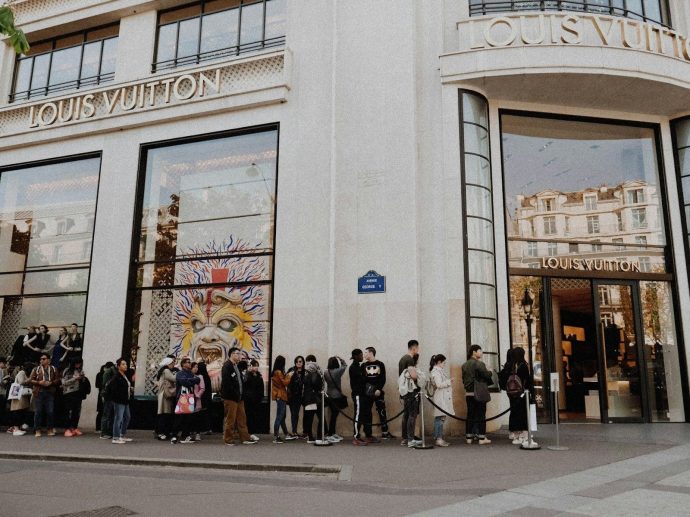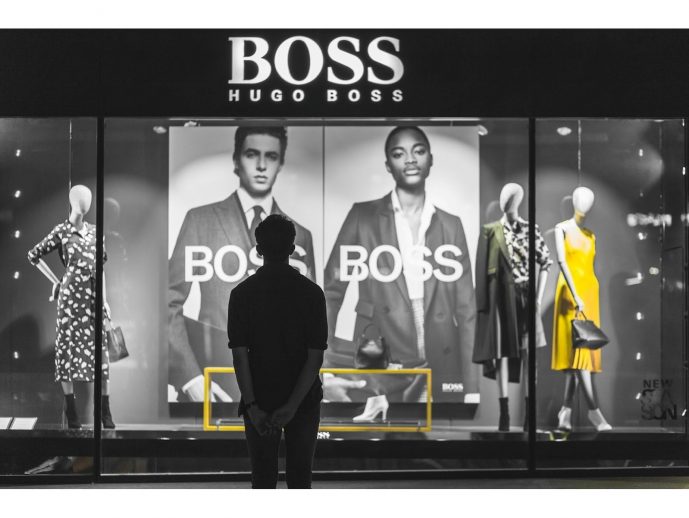Categories more
- Adventures (17)
- Arts / Collectables (15)
- Automotive (37)
- Aviation (11)
- Bath, Body, & Health (77)
- Children (6)
- Cigars / Spirits (32)
- Cuisine (16)
- Design/Architecture (22)
- Electronics (13)
- Entertainment (4)
- Event Planning (5)
- Fashion (46)
- Finance (9)
- Gifts / Misc (6)
- Home Decor (45)
- Jewelry (41)
- Pets (3)
- Philanthropy (1)
- Real Estate (16)
- Services (23)
- Sports / Golf (14)
- Vacation / Travel (60)
- Watches / Pens (15)
- Wines / Vines (24)
- Yachting / Boating (17)
Leveraging Influencer Partnerships for Effective Luxury Brand Marketing
Published
07/23/2024When it comes to fast fashion and affordable brands, people usually buy impulsively. This is because it's quite affordable and within their budget. But for luxury brands, buying a product is seen more as an investment. Statistics reveal that 65% of luxury consumers only purchase something to satisfy a need or goal they have long desired.
In the luxury market, there is always a race to find new methods for connecting with and involving a brand's intended audience. Often, normal advertising ways do not provide the exclusivity or personal touch that luxury buyers desire. This situation gives rise to influencer partnerships.
When joined with influencers, luxury brands can reach existing audiences, form genuine connections, and boost their brand image. In this article, we will discuss how to effectively use influencer collaborations for the marketing of luxurious brands.
Growing Your Own Followers: The Foundation of Trust
Before you proceed with influencer partnerships, you need to build up a following of your own. People tend to trust profiles with more followers and engagement over new profiles, or ones with little to no following. You cannot possibly grow every social media platform at once, so choose one for the time being. Instagram is a great choice because of its many free features and tons of influencers to choose from later on.
If you want to grow your Instagram account effectively, you should also consider investing in reputable growth services. These services will bring you tons of followers organically and increase engagement on your posts, showing people that your account gets traction.
Identifying the Right Influencers: The Key to Successful Partnerships
Choosing the correct influencers is very important for an influencer partnership to be successful. With luxury brands, it's not only about how many followers they have but also the type of followers and if these influencers can effectively communicate a feeling of being exclusive and sophisticated. Influencers who match your brand values and aesthetics will probably make genuine content that touches their audience.
To select the right influencers, brands need to find those who have a deep bond with their followers. This can be noted through high involvement and real exchanges shown in the influencer's metrics. Tools or platforms that study influencer metrics can help in this process, making sure the selected influencers are suitable for representing luxury brands.
Crafting Compelling Campaigns: Merging Authenticity with Exclusivity
Once you find the right influencer for your brand, the next stage involves creating interesting campaigns that combine genuineness with uniqueness. Luxury buyers don't solely purchase an item; they also purchase a way of life. Influencer campaigns need to concentrate on story-telling about the brand's history, skill in making things, and its special selling point.
Influencers must have creative freedom, interpreting the brand's communication in such a way that it feels authentic to those who follow them. This could include showing behind-the-scenes content, giving individualized experiences, or revealing products exclusively beforehand. The purpose behind this is to create an atmosphere of longing and inspiration; these methods work towards making the viewers perceive themselves as members of a select group.
Leveraging Multiple Platforms: Expanding Reach and Engagement
Multiple social media platforms provide luxury brands with the best opportunities to enhance influencer partnerships. Every platform has distinct features and demographics, allowing them to adjust their content for various audiences. Instagram, for example, is most suitable for high-quality pictures and short videos. Meanwhile, YouTube is more effective for longer-form content such as unboxing videos or detailed reviews. TikTok can help connect with a youthful, lively group through imaginative and entertaining brief videos.
Luxury brands could widen their social media influence by using various methods, which might lead to more interest and interaction from different age groups. Campaigns that go across platforms also give several points of contact for customers to engage with the brand, improving brand visibility as a whole.
Measuring Success: Analyzing Metrics and Adjusting Strategies
Lastly, it is essential to assess the effectiveness of campaigns and adjust strategies accordingly. Luxury brands should pay attention to key performance indicators (KPIs) like engagement rates, reach, and conversion rates to evaluate how successful their collaborations with influencers really are. Social media analytics tools can help in understanding what is going well and what is not, enabling luxury brands to improve their approach.
Furthermore, getting input from influencers and their followers can provide qualitative information that goes well with the quantitative measurements. By examining and making changes to their plans regularly, luxury companies can guarantee that influencer collaborations continue to be successful and in line with marketing targets.
Bottom Line
In the world of luxury brand marketing, influencer partnerships are a strong method to connect with and attract sophisticated consumers. The steps outlined in this article let luxury brands make genuine links that have an impact on the audience they aim for. In the changing digital world, influencer partnerships will stay an important game-changer for luxury brands, helping them reach more people. Using influencers, luxury brands can improve their marketing and strengthen their spot in today’s competitive world.
















